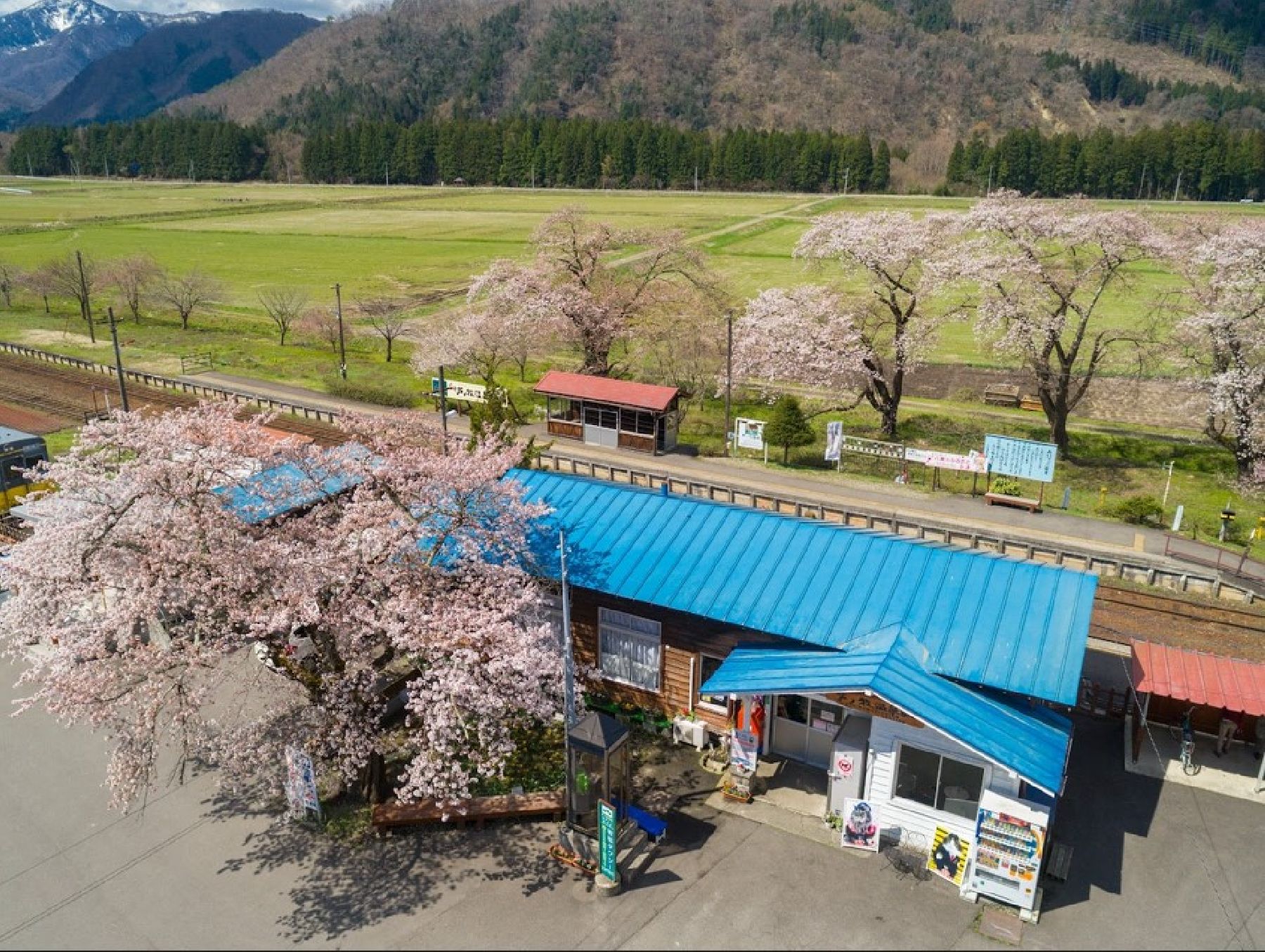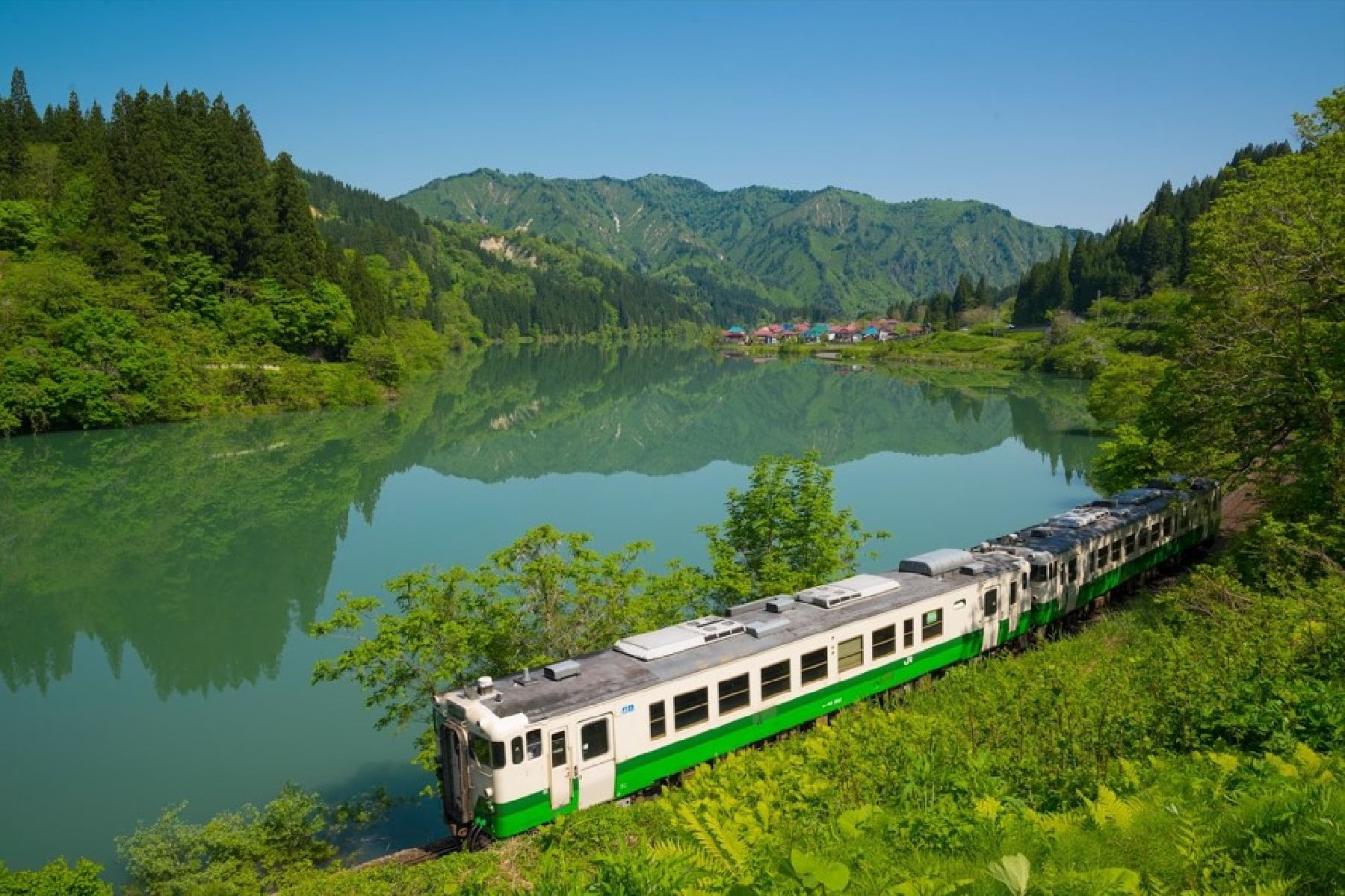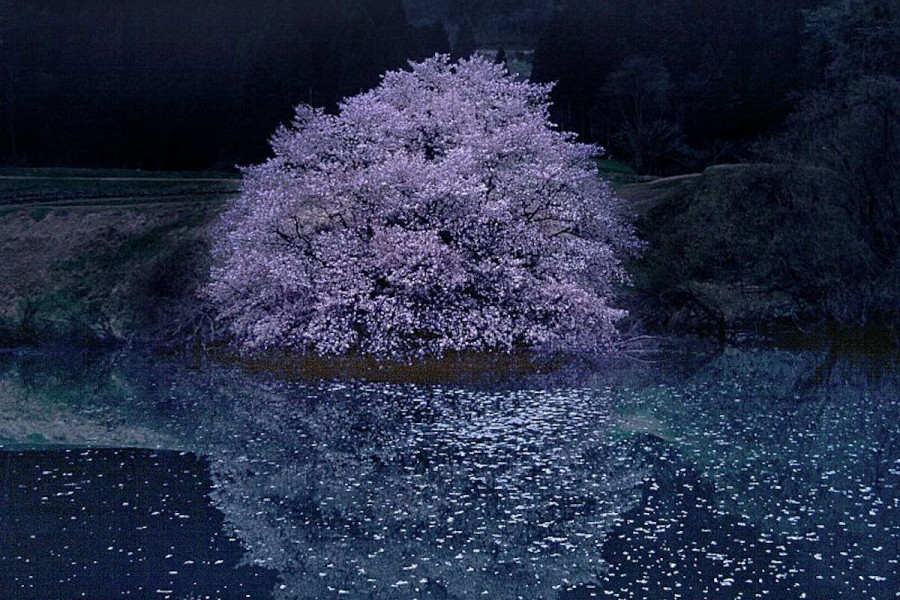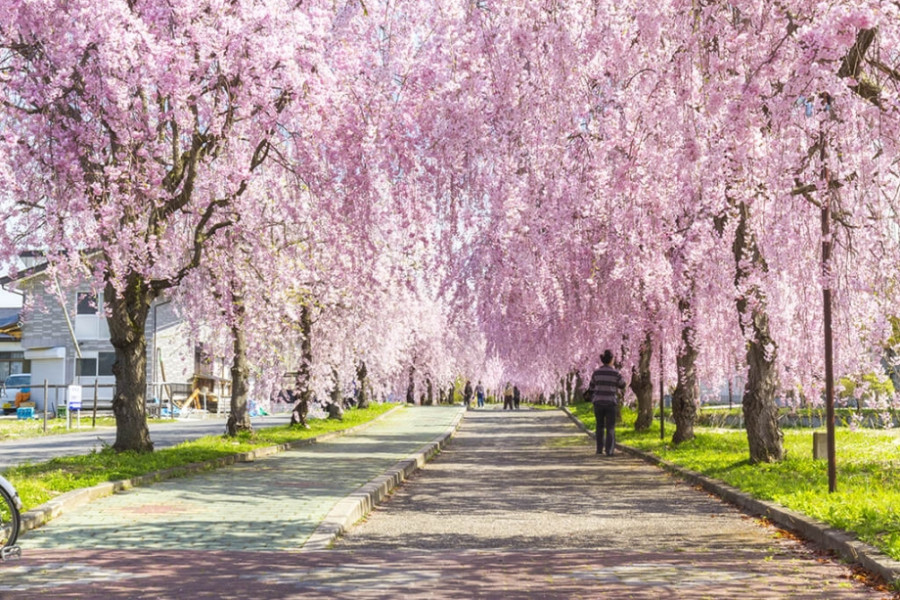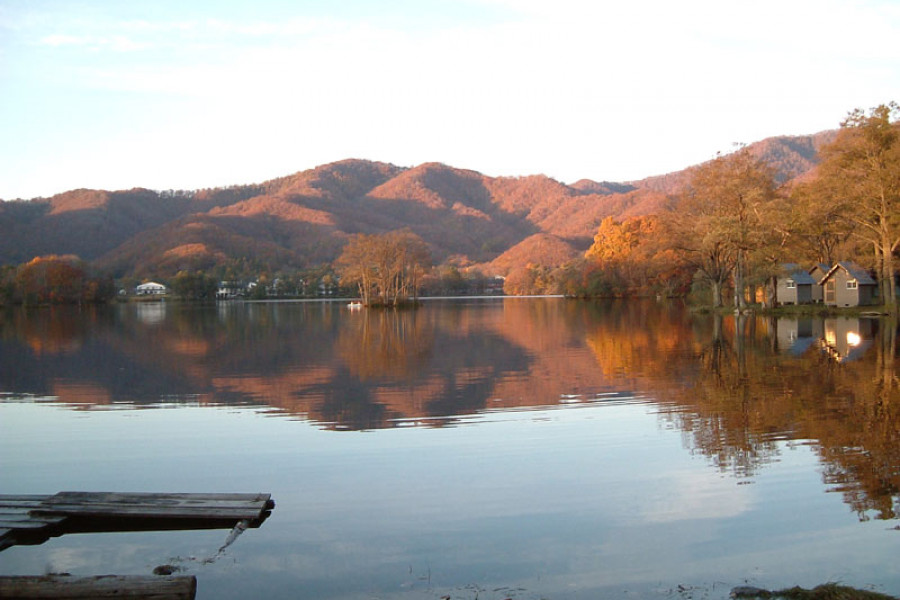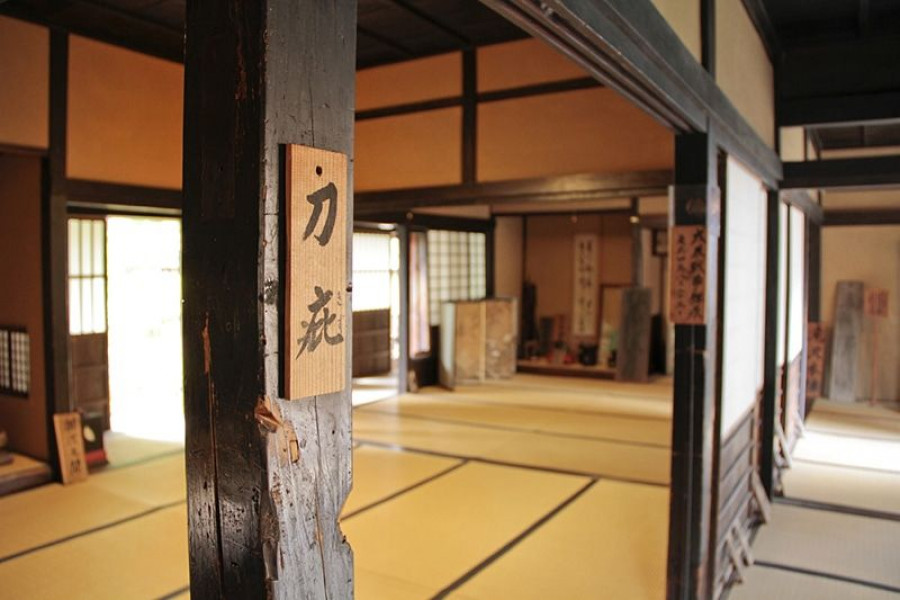
Former Takizawa Honjin
This honjin served as a rest house used by daimyo lords when they traveled to Edo (Tokyo) as part of the Sankin-kōtai system of alternate attendance, or when they conducted inspection tours. During the Boshin War, Domain Lord Matsudaira Katamori took command and the Byakkotai defended their city. The building still has sword marks and bullet holes from the war. The Former Takizawa Honjin is recognized as a nationally-designated Important Cultural Property.


